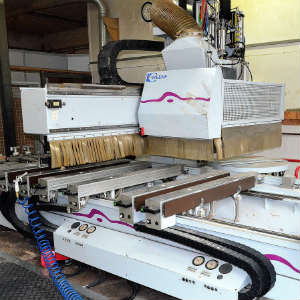Product liability cases are complex and expensive. They often last years before concluding. Often a case will start with allegations of design, manufacturer and warning defects and evolve with time as more is learned about the product, what the manufacturer knew, and when they knew it.
To successfully prosecute such a case, an attorney must often review and analyze thousands and sometimes millions of pages of documents surrounding the design, manufacture, testing and use of the product. Due to this herculean task, a skilled product liability attorney and his staff will use cutting-edge software and technology to drill down to essential, “smoking-gun” type documents surrounding the product’s creation.
On occasion, a product defect may be apparent from the failure of the product itself. When a metal or plastic component of the product fails or when an electrical component short-circuits, a case may turn on a forensic investigation into the component failure. Sometimes multiple parties who played a role in placing the product into the stream of commerce will need to be sued.
To prove a defect in a specific product, an attorney will seek the opinion testimony of experts, whose opinions will almost always—no matter how qualified—face stiff challenges from the product manufacturer’s attorneys. If the expert’s opinions survive the challenge, the case will see the courtroom or, perhaps, settle.
Rarely comes a case when a product is so defective, a court can make such a finding as a matter of law. This means the injured party’s attorneys and experts have proven to the court’s satisfaction that the product was legally defective.

Recently, in M.H. et al. v. Bed Bath & Beyond, Inc., the Supreme Court, Appellate Division, First Judicial Department, found a product was defectively designed as a matter of law. The case was before the Appellate Division because the defendant had lost its motion to dismiss the plaintiff’s claims and the plaintiff had lost his motion asking the court to find the product had been defectively designed. Both sides appealed.
In the case, the Court evaluated product liability claims relating to catastrophic injuries suffered from a fire pot and fuel gel explosion that occurred after the fire pot was refueled with fuel gel. Testimony was inconsistent as to whether the fire pot was still hot or lit while being refilled.
Many fire pots and fuel gels were recalled in 2011 in cooperation with the United States Consumer Products Safety Division years earlier, but not before many injuries and at least 2 deaths.
The fire pot came with a warning sticker and a pamphlet with care and use instructions. On the sticker was the warning: “WARNING…DON’T REFILL UNTIL FLAME IS OUT & CUP IS COOL.” The pamphlet carried the warning: “Do not add fuel when lit and never pour gel on an open fire or hot surface.” The fuel gel bottle back label states: “NEVER add fuel to a burning fire” and “WARNING…DANGER, FLAMMABLE LIQUID & VAPOR.” The plaintiffs admitted they had not read the labels or could not remember if anyone had read the labels.
Although the defendant argued the plaintiff had misused the products, the Court noted the misuse was foreseeable, citing the expert’s opinion:
The danger posed [by the product] is severe, and the likelihood of the danger occurring during normal or foreseeable use of the product is high. In addition, the condition is a latent or hidden condition, which is not obvious or readily apparent from a visual evaluation of the products, and which would not be known to or expected by lay persons who are not experts in ethanol-based materials. The latent nature of this highly explosive condition renders these products even more dangerous because it increases the likelihood of the danger occurring during normal or foreseeable use of the product.
The Count noted that the “defendant has not disputed this evidence” and granted the plaintiffs summary judgment on their design defect claim. The case demonstrates that some products are simply too dangerous for warnings to matter.